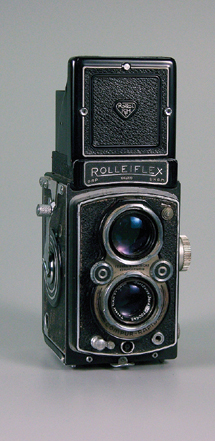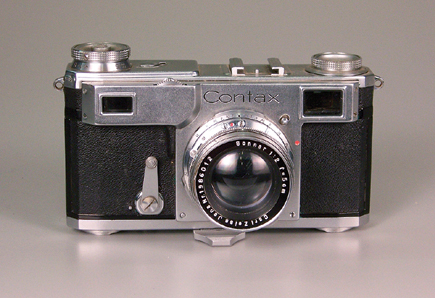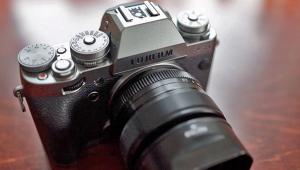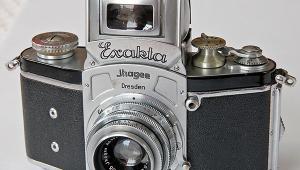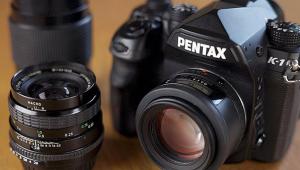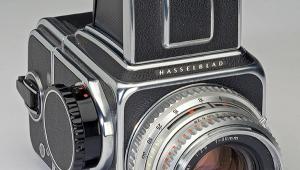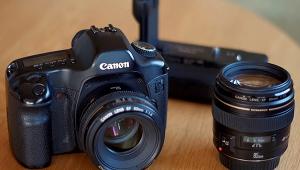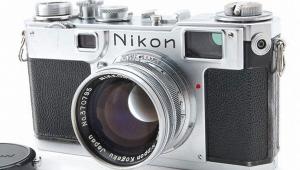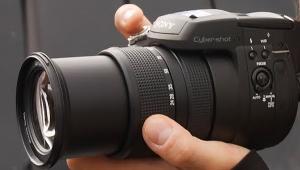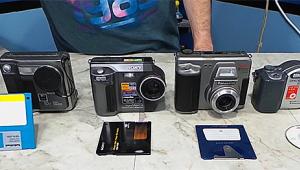My personal view is to include the following:
K.W.Praktina FX for the first SLR professional camera with breech-lock bayonet, electric and spring motors, interchangeable matte screens and finders, even a stereo finder, a 250 exposures magazine back and that 5 years before the Nikon F.
Mentor plate camera SLR for inventing a focal-plane mechanism construction which was valid from 1913 to 1993
